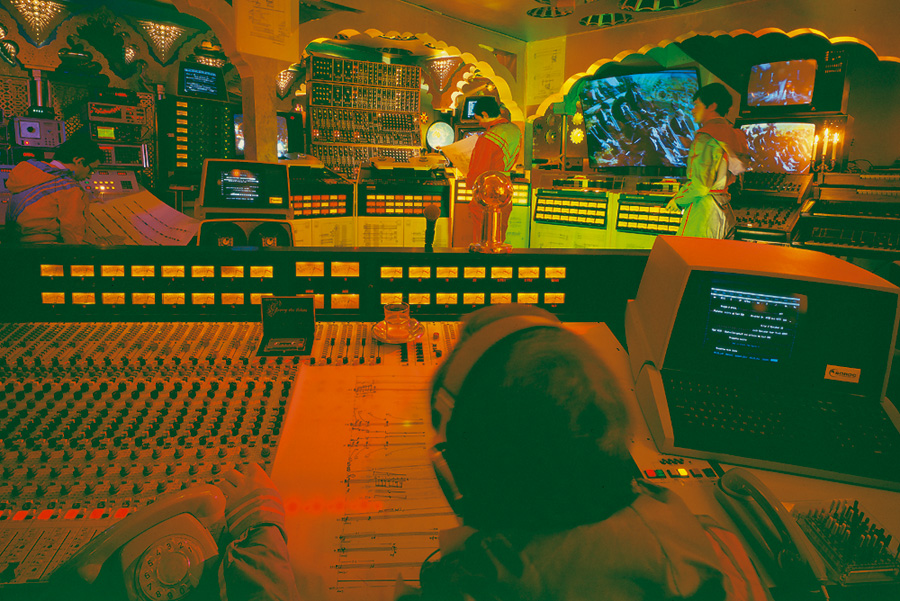The Future of the
Classical Symphony
Peter Huebner
Comments on his
Symphonic Creation
Peter Hübner
Founder of the
Micro Music Laboratories
|
Symphonic Music The Future of the Classical Symphony page 1 2 |
||||||||||||||
|
This only shows
that these musical experts have no insight into the process of the natural
creation of music. Nature creates a classical composition in a tone creator, not as a song of praise to instruments – natural music creation is not an acoustic end in itself: when a natural composition is created in the mind, i.e. when nature brings out a piece of music in the composer’s creative imagination, then it does so to stimulate the natural evolution of his diverse inner powers of life. |
||||||||||||||
|
||||||||||||||
So far, a classical composer had to make concessions to the composition he
heard inside, meaning he had to restrict its statement – mutilate it,
so to speak. But with today’s electronic means, for instance, he can have a horn sound as long as required, and at exactly the range and degree of difficulty his musical inspiration tells him to, and in this way he will present the work, to a large extent, as it sounds inside him. In this respect, the most important thing is the life structure of the composition – the natural living logic it possesses – , and not so much the tone colour, as so many followers of so-called natural instruments assume. Johann Sebastian Bach, in his time, left no doubt that it is just that natural structure of a composition, which awakens a superior quality of life in the listener, and that tone colour, volume and dynamics, etc. – which today are thought of so highly – are of absolutely secondary significance: as such, don’t even touch the actual field of music. |
||||||||||||||
|
||||||||||||||
|
Such music professionals have never entered the inner realm of music, and,
as educated experts, are further away from the experience “music”
than the plain man and woman in the street, who, supposedly, don’t know
the first thing about classical music. He who chains himself to the instrument, will never advance to the magic kingdom of music. And I ask myself: what do some experts imagine the process of composing to be like, and what is their understanding of faithfulness to the original? If Beethoven had experienced a scratching inside, as part of the composition, he would certainly have noted it, because scratching on a cello is not difficult at all, and to cough and pant is even easier. But let’s get back to what Bach regarded as unimportant. |
||||||||||||||

|
From
the pioneering times of the Micro Music Laboratories The Composer Peter Huebner at the mixing console | ||||
Even
if, in contrast to Bach, you regard the sound colour, volume, dynamics etc.
as so enormously important – as many experts do nowadays – then,
in principle, today’s electronics also offer much more detailed possibilities
for design. With electronic means, e.g., you can let the sound of a violin develop in fluid change into the sound of a flute, and then into the sound of a trombone etc., and the electronic means will let you play much more loudly, as well as much more quietly than a musician could ever play on his orchestra instrument. In this respect, too, electronics only have benefits. But the most important reason why I mainly use electronic means, is that they enable me, as my own and truly authentic interpreter, to reproduce the music I hear inside almost faithful in every rhythmical and tonal detail – work that otherwise would take months of communicating with the individual interpreters, and, due to the limitations of the instrument, and the changing state of health/mind of the musician during each performance, would still be restricted. |
||||
| << >> | ||||
| With kind permission of AAR EDITION INTERNATIONAL © 1998 – MICRO MUSIC LABORATORIES |
||||